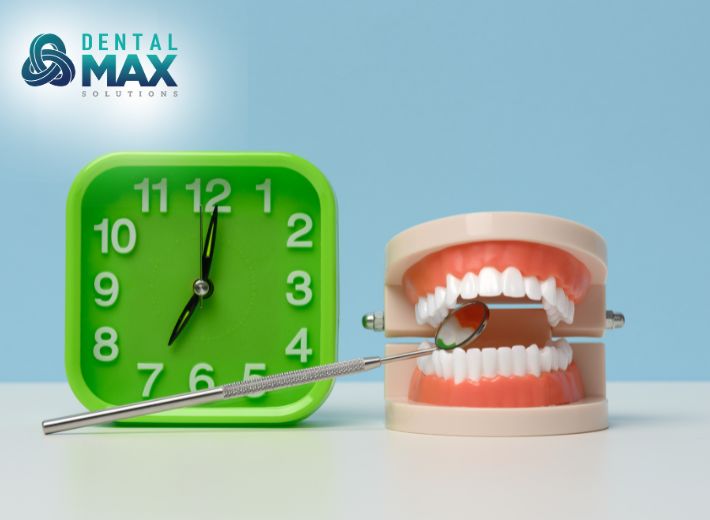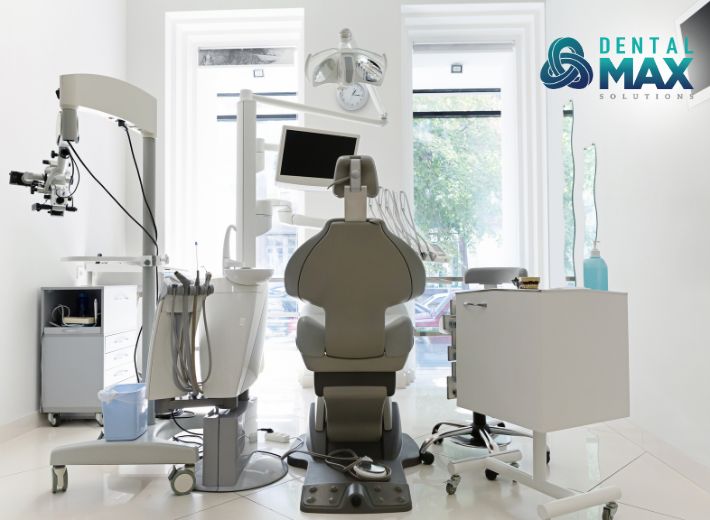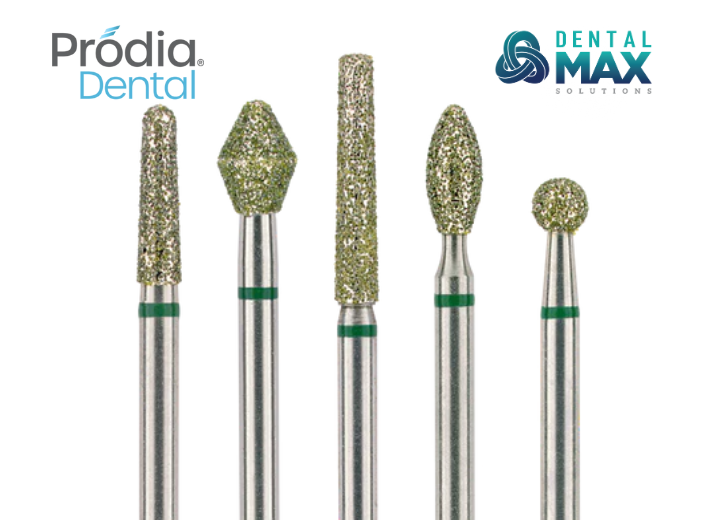Have you ever stopped to think about your habits or how they impact your daily life? Have you ever needed to change your habits because of a new environment? 2023 is heading to be a bright New Year! It’s time to think about the opportunities to facilitate any change in your habits and your practice. If last year gave you long hours and meek results, let’s turn this around together!
Ever wonder why change is so hard? The truth is that when we are looking to make a change in our patterns, what we are really looking to change are our habits. Habits can be hard to break. Why? Because they are comfortable. Everything we do in life, whether it is our morning routines or how we examine and/or treat our patients, is rooted in our habits.
A habit has been defined as a settled or regular tendency or practice. In other words, you are comfortable with your routine, and to change that routine, you will need to become uncomfortable. If you look at the habit loop defined by Charles Duhigg in the book The Power of Habit: Why We Do What We Do in Life and Business, it comprises 3 parts: the cue, the routine, and the reward.
Since we are all dental professionals here, let’s take the habit example of your morning routine. You get up (the cue), you brush your teeth (the routine), and then you feel minty fresh and/or you think back to microbiology and are excited about all the bacteria you just disrupted (the reward).
The same thing happens in our practices. Let’s take our new patient examination process. The patient presents for examination (the cue); all of the examination elements are accomplished, ie, radiographs, periodontal probing, treatment planning, etc. (the routine); and, finally, the patient opts to engage with your office for some type of therapy (the reward).
What else is an example of a habit in the dental practice? The check out process. The patient is brought up to the front desk (the cue), your team goes through a series of activities (the routine), and the patient pays his or her bill and/or schedules his or her next appointment (the reward).
Over the years, I have seen many examples of failed technology and/or procedural integrations. I have witnessed cloud-based referral management tools—which make it so much easier for the restorative and specialist offices to communicate and transfer information—fail. I have seen technology fail because it sits in the corner. I have seen the utilization of new instrumentation fail and get left in the drawer.
Why? Because we think that we are trying to add something to a process or procedure (habit addition) vs integrating this new process or procedure into what we are already doing (habit integration). Don’t hear me wrong; I am not saying that clinicians or teams are trying to make new things fail, but rather, they just do not know where to start, make an attempt to add something in, and then give up quickly because it was not easy or did not deliver the expected outcomes.
In James Clear’s book Atomic Habits, he describes the concept of “habit stacking,” which I have come to interpret as habit integration. We can stack a new habit onto an existing one that will become our cue.
Let me explain how to begin this process by using the Four Laws of Behavior Change, also described by Clear. These 4 laws give us the baseline for how to proceed with a habit change that can involve and engage all parties in the practice.
1. Make it obvious:
obvious as to when to engage the action or routine.
2. Make it attractive:
have a culture in the office that supports the change in habit.
3. Make it easy:
have the items necessary within easy reach.
4. Make it satisfying:
what is rewarded is repeated.
Let’s start with a universal example, and then we can tackle a clinical one. Let’s say you want to exercise more in the mornings as part of your morning routine. To do so, let’s use the Four Laws to facilitate this habit integration.
1. Make it obvious:
Decide that you will work out within your morning routine. After you use the toilet and brush your teeth, you will work out.
2. Make it attractive:
Talk to a friend who will be your accountability partner to work out at the same time.
3. Make it easy:
Put your workout clothes in the bathroom right by the sink.
4. Make it satisfying:
Feel the satisfaction of the adrenaline rush and talk to your friend about how to celebrate after a certain number of workouts.
Once the Four Laws have been satisfied, you will then be able to engage the habit loop to facilitate habit integration.
The cue has been identified: After you use the toilet and brush your teeth, you will work out. The routine has been identified: the workout itself. Lastly, the reward has been identified as satisfaction and celebrations with your friend.
So now let’s use a practice example. As a member of the resident faculty of Spear Education, I often am consulted as to how to institute the use of our patient education platform into the examination/consultation process. To do so, I have embraced the Four Laws to facilitate this habit integration.
1. Make it obvious:
Discuss when in the consultation you will use the platform to better explain the patient’s condition and make it specific (after x happens, you will use the platform).
2. Make it attractive:
Discuss the why behind the integration of this new habit and what you are looking to accomplish (ie, higher case acceptance).
3. Make it easy:
Purchase tablets for each operatory so that they are always there, discuss how to use the technology so that everyone is competent, and create playlists for your commonly discussed procedures.
4. Make it satisfying:
Keep in mind that change takes time, and you will need to celebrate the wins while remaining consistent with your protocols so that everyone feels that your processes are improving.
Once the Four Laws have been satisfied, you will then be able to engage the habit loop to facilitate habit integration.
The cue has been identified: When your team reaches a given point in the examination process, they know when to reach for the tablet. The routine has been identified: The team understands what to do, and playlists have been created. Lastly, the reward has been identified as not only increasing case acceptance but also in giving your team freedom from repeating the same information about common procedures multiple times per day.
Embracing the idea that we are looking to instill habit integration vs habit addition can, in and by itself, make this process of change easier. We must not forget that our current routines and habits took time to establish, so it stands to reason that habit change will also take time. Understanding the concepts of the Four Laws and the habit loop can help you navigate any opportunity to facilitate any change in your habits.
You take care of the patients. We take care of the details. Let us help your practice with dynamic dental solutions that will make 2023 full of opportunities. We will work with your staff and offer all the support you need. Schedule a meeting with us today at 561.926.3969 to learn more or find us on Facebook.
Reference: [https://www.dentistrytoday.com/viewpoint-how-habits-can-change-your-practice-and-your-life/]











